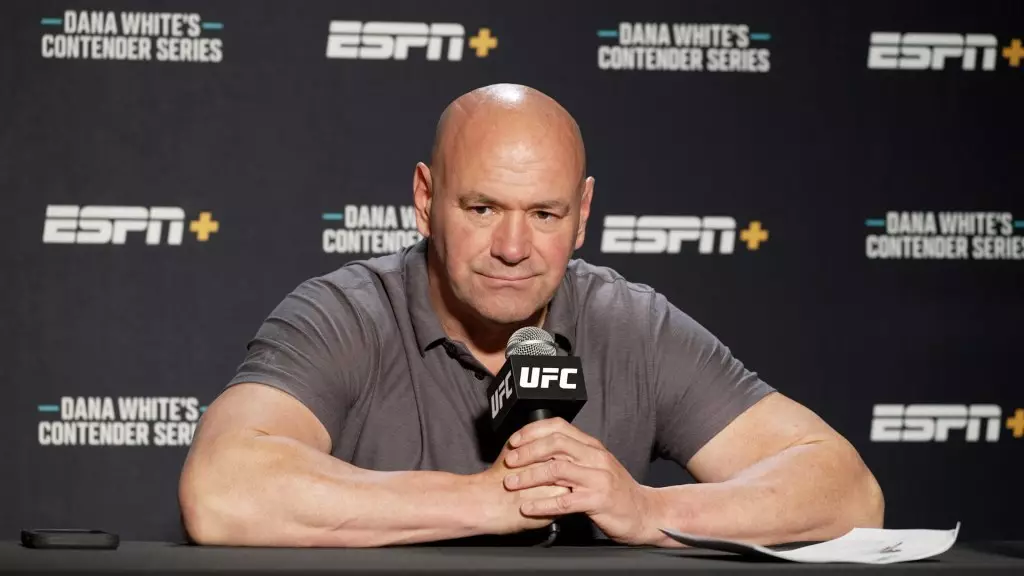Sean O’Malley’s recent loss of the bantamweight championship to Merab Dvalishvili at UFC 306 has sparked significant discussions regarding athlete injuries and the responsibilities of fight promotions. With O’Malley revealing a torn left labrum sustained ten weeks ahead of the bout, questions of how to detect and manage such injuries within the realm of competitive sports have emerged. Dana White’s comments following the event highlight the inherent challenges of overseeing a robust health framework for athletes, but they also raise further questions about accountability and preventive measures in high-stakes fighting competitions.
Dana White’s statement that the UFC would not have been able to identify O’Malley’s labrum injury prior to the fight is indicative of broader issues surrounding athlete health monitoring in combat sports. It poses a critical question: How can promotions like the UFC increase their awareness of fighter conditions? The reality is that many injuries, especially those that are not immediately visible, present a challenge even for medical professionals. Unlike superficial injuries that are easily diagnosed, conditions like a torn labrum do not reveal themselves through standard pre-fight medical evaluations. This raises an argument for enhancing diagnostic protocols tailored specifically to the complexities of MMA, where explosive movements and physical engagements can obscure underlying health issues.
Alongside organizational responsibility, there’s also a significant emphasis on the individual athlete’s duty to disclose health conditions. O’Malley’s failure to inform UFC officials about his injury can lead to an intense debate around the ethics of competition in high-pressure environments. The desire to compete and win can often overshadow the necessity of health and safety, and fighters might feel pressured to keep injuries confidential to avoid losing their spot in a lucrative fight. While the adrenaline of competition can diminish pain perception, it is essential for fighters to prioritize their long-term health over immediate gains. Education about injury risks and the potential long-term consequences of fighting while injured is critical and should be a focal point in athlete training programs.
Given the challenges that both fighters and promotions face, a collaborative approach may be the best way to develop solutions that can safeguard athletes while ensuring the integrity of competitions. One potential avenue could be the implementation of comprehensive health assessments that might expand beyond traditional medical evaluations. Integrating advanced imaging techniques, like MRIs or ultrasounds, into pre-fight assessments could help in identifying hidden injuries. Furthermore, fostering an environment where fighters feel safe to speak candidly about their health and potential issues without fear of retribution might encourage transparency and enhance overall fighter safety.
The conversation surrounding Sean O’Malley’s injury and subsequent loss to Dvalishvili is emblematic of a larger issue within combat sports: the balance between competition and safety. As the sport evolves, so too must the methodologies that promote fighter health and well-being. Enhanced medical protocols, education, and athlete accountability must work in tandem to create a safer environment where fighters can compete at their best, both physically and mentally. This is not just about preventing injury; it’s about ensuring that the sport continues to thrive while prioritizing the health of its athletes.

